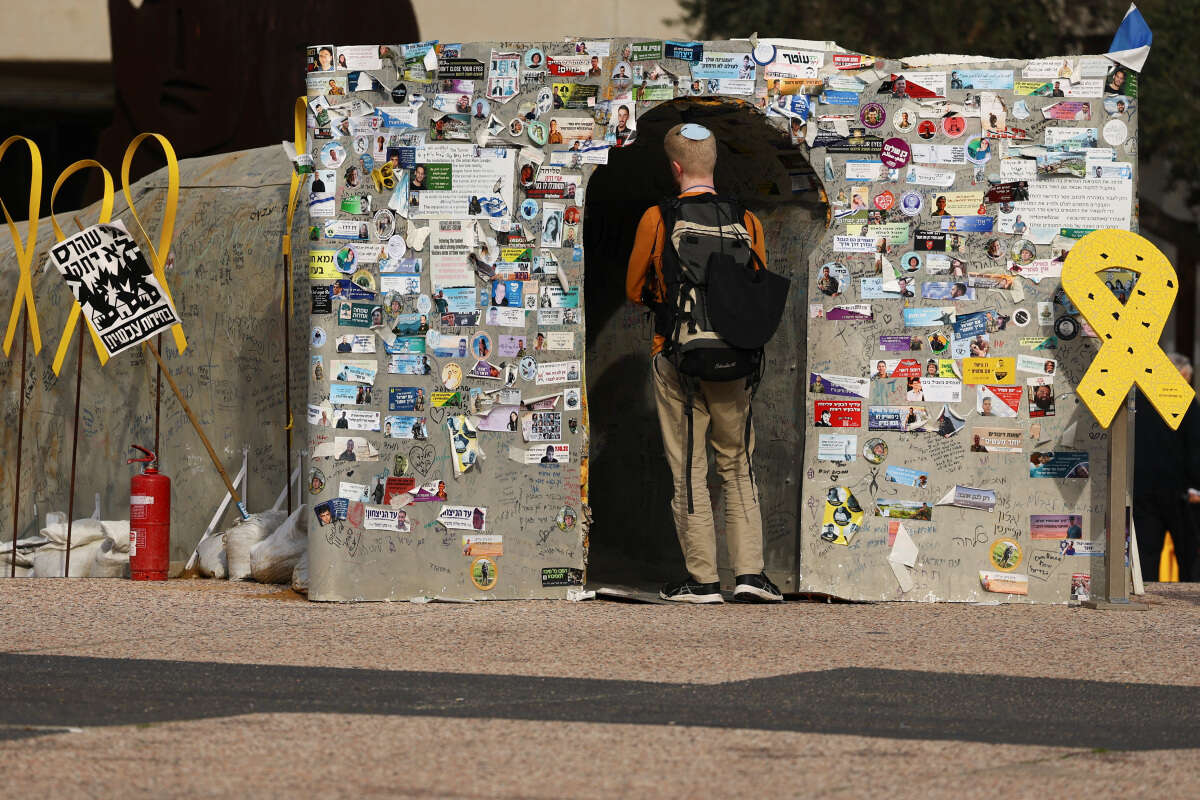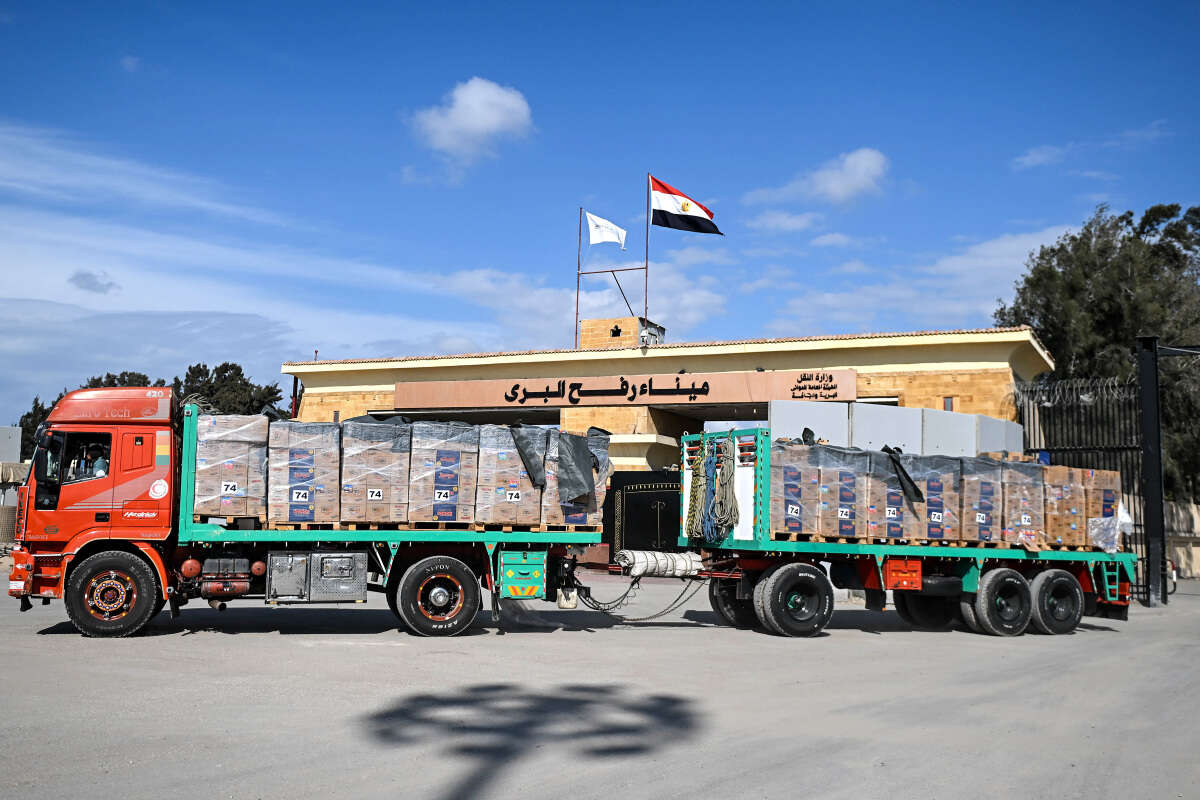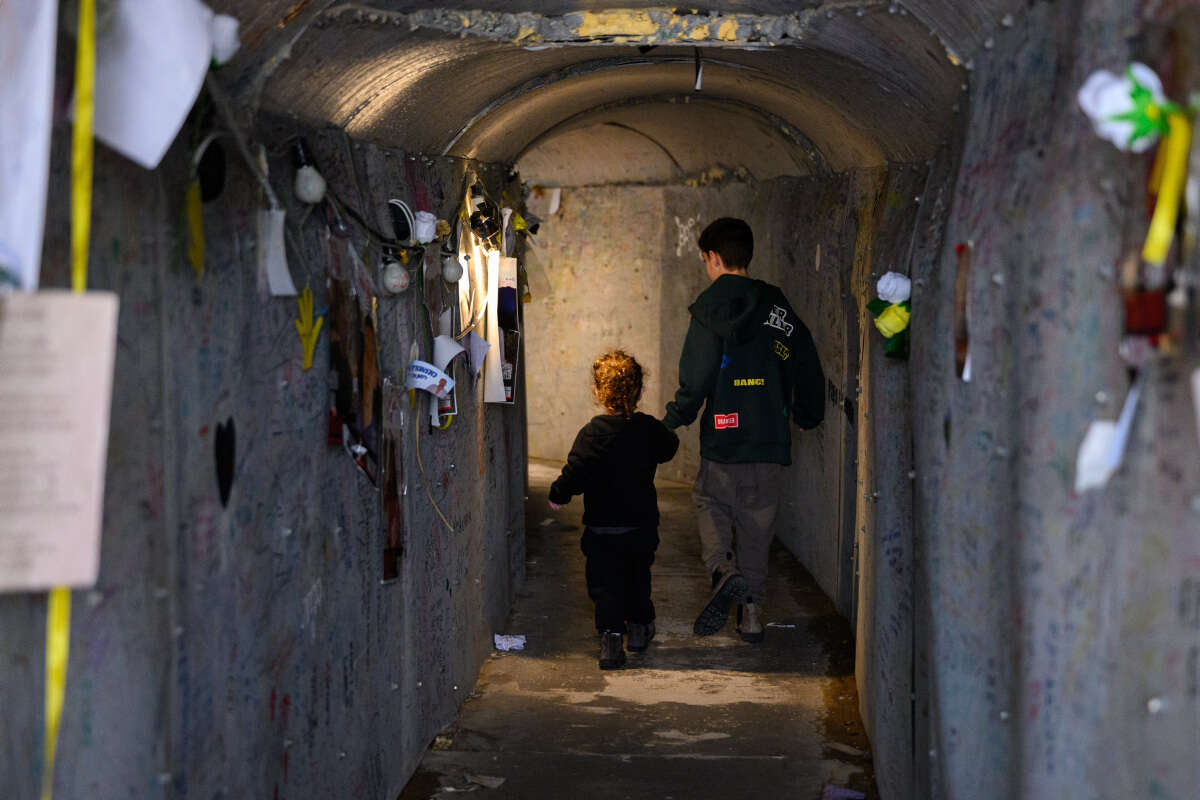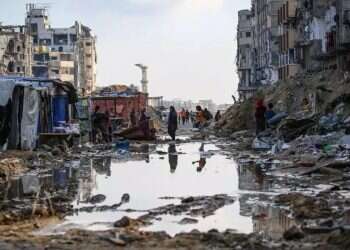Gaza, a narrow strip of land along the Mediterranean coast, is home to over 2 million people. While its streets were once bustling with life, the ongoing conflict has left much of it in ruins. Yet, beneath this devastation lies a vast network of tunnels, more extensive than even London's underground system. These tunnels serve as a critical asset for Hamas, enabling them to smuggle weapons and orchestrate attacks against Israel. But how did these tunnels evolve from a simple lifeline for families into a sophisticated military infrastructure?
Original intentions
The origins of Gaza's tunnel network can be traced back to the late 1970s when the border between Israel and Egypt was redrawn, dividing the city of Rafah. This abrupt division separated families who had lived side by side for generations. In response, residents began to dig rudimentary tunnels to reconnect with their loved ones, allowing for clandestine visits across the border.

Initially, these tunnels were modest, simple passageways that provided a means of connection and trade. They became vital in the face of severe shortages of essential goods caused by blockades imposed by both Israel and Egypt. As smugglers recognized the potential for profit, the tunnels transformed into lucrative underground trade routes, facilitating the movement of everything from car parts to gasoline. For many Gazans, these tunnels were a lifeline, described by one Palestinian as "the lungs through which Gaza breathed."
The shift: Tunnels as military assets
However, the landscape changed dramatically during the First Intifada in 1987. As tensions escalated between Israelis and Palestinians, the tunnels became increasingly utilized for military purposes. They allowed armed groups to smuggle weapons into Gaza, turning a once-peaceful network into a pipeline for conflict. Despite efforts by Israeli authorities to dismantle the tunnels, their existence only proliferated.
By the time the Second Intifada erupted in 2000, the tunnels had evolved into a crucial component of Gaza's military strategy. Hamas and other factions used them not only for smuggling but also for launching attacks against Israeli targets. The Israeli government responded with military operations aimed at destroying these tunnels, but often at a high cost to civilian lives and infrastructure.
Hamas' expansion
In 2005, Israel withdrew from Gaza, hoping that this would ease tensions. Instead, it allowed Hamas to expand its tunnel operations without oversight. By 2007, after Hamas took control of Gaza, they redirected vast resources into building a comprehensive network of tunnels, some going over 20 stories deep. While these tunnels continued to serve practical purposes like delivering food and medicine, they also became a sophisticated military base.

Hamas invested heavily in the construction of these tunnels, with estimates suggesting that nearly 3.6 billion shekel (1 billion USD) was spent on expanding the network. This was done at the expense of the very civilians Hamas claimed to protect. Essential materials meant for rebuilding homes and schools were instead diverted underground, leading to significant humanitarian issues.
The financial backing for the tunnels raises serious questions. Much of the funding has come from international aid meant for humanitarian purposes. Hamas has been known to siphon off construction materials intended for civilian projects, using these resources to bolster their military capabilities instead. This diversion has left ordinary Gazans without basic necessities, while Hamas has built an expansive underground military infrastructure.
Israel and Egypt's ongoing efforts
Recognizing the existential threat posed by the tunnels, Israel and Egypt have continually attempted to neutralize them. In 2014, during a major military campaign, Israel destroyed over 30 tunnels, while Egypt flooded many of the tunnels along its border with seawater. Despite these efforts, the tunnel network has proven resilient, with Hamas adapting by constructing deeper and more fortified tunnels.
Israeli engineers have developed advanced detection systems, but the complexity of the tunnels remains a significant challenge. As of 2021, reports indicated that while Israel claimed to have destroyed significant portions of the tunnel network, Hamas asserted that much of it remained intact, indicating a cat-and-mouse game between the two sides.

Tunnels today
Today, Gaza's tunnel network is not just a means of smuggling; it serves as a fully operational military base. These tunnels are equipped with communication systems, storage facilities for weapons, and areas for training. Hamas can move troops and supplies underground, avoiding detection from Israeli airstrikes. The tunnels' depth and construction make it incredibly difficult for Israeli forces to target Hamas effectively.
Moreover, the tunnels provide a strategic advantage, allowing Hamas to operate in secrecy. This concealment has thwarted many of Israel's military efforts, as the tunnels can absorb the impact of airstrikes, rendering surface attacks largely ineffective.
One of the most troubling aspects of the tunnel network is how Hamas uses civilians as human shields. The tunnels are often built beneath schools, hospitals, and homes, placing non-combatants directly in the line of fire during Israeli airstrikes. This tactic has drawn international condemnation, complicating the narrative around civilian casualties in the conflict.
While the international community often criticizes Israel for its military actions, it frequently overlooks Hamas's strategy of placing its military infrastructure amidst civilian populations. This creates a dire situation where Israel is left with the morally challenging decision of whether to target Hamas' infrastructure, risking civilian lives, or to refrain and allow Hamas to operate unhindered.

The conflict in Gaza represents a new era of warfare, where traditional military tactics are challenged by the complexities of urban and subterranean environments. Israeli forces face a multifaceted threat, with Hamas using its tunnel network to launch surprise attacks and evade capture. This has prolonged the conflict and created a cycle of violence that is difficult to break.
As the war rages on, the humanitarian crisis in Gaza continues to deepen. Civilians are caught in the crossfire, facing shortages of food, water, and medical supplies. The international community watches closely, with many calling for a ceasefire, yet the underlying issues of governance, military strategy, and humanitarian needs remain unresolved.




